"When I was going through a breakdown, I started exploring macro photography… it became my therapy, my way of healing"
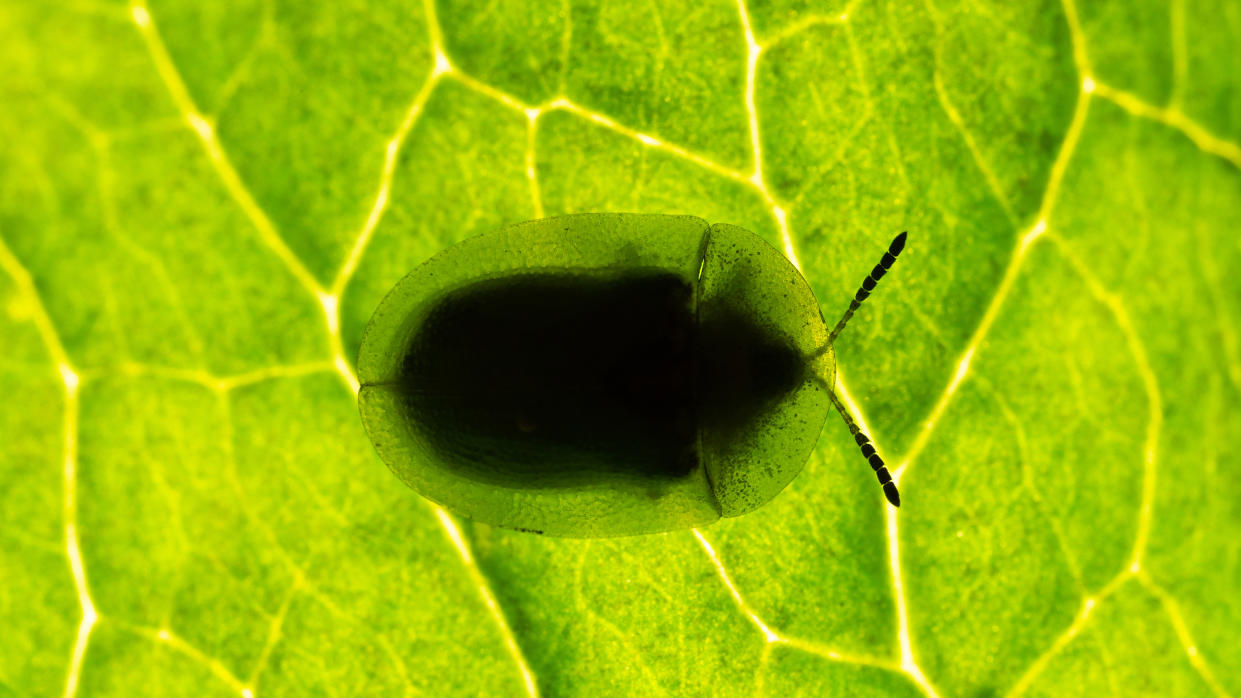
In our busy, always-on world, the art of macro photography can be a balm for mental health. When you’re engaged in capturing the intricate details of flowers and insects, it’s harder to focus your attention elsewhere. For many photographers, macro enables them to escape their everyday stressors – on top of being a rewarding and creative outlet in itself.
Canon pro photographer Matt Doogue has been photographing close-ups in nature for over a decade and has found comfort by immersing himself in the beauty of the miniature world. Based in the UK, he has become something of a mental health speaker, and he regularly gives talks on how the slowness of the genre can create a sense of calm and concentration. With a profound respect for the natural world, Matt often describes what he does as photo therapy and credits photography with being a life-saver in his darkest times.
Macro may help with mindfulness, but that doesn’t mean it’s easy from a technical point of view. For a start, you’ll need a dedicated macro lens that’s capable of focusing at close distances. And even then, it can be very challenging to precisely focus on extremely small subjects and manage a shallow depth of field at higher magnifications. One technique that Matt uses to increase the sharpness throughout his images is focus stacking, both manually and using the latest automated stacking features in Canon’s EOS R5 and EOS R7 mirrorless cameras.
Discover how macro helps Matt to stay connected to the present moment, plus the technical skills he uses for the sharpest shots.
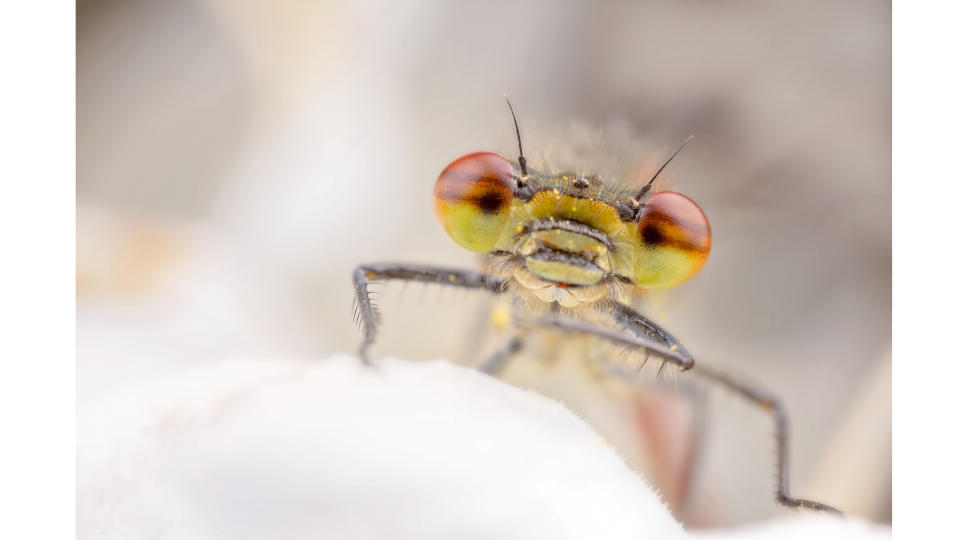
Hey Matt. What are you working on right now?
I am putting the final touches to my macro photography book, Close-Up: The Complete Guide to Macro Photography and also looking at a new project that doesn’t involve arthropods. It’ll be a more abstract approach this time.
How would you describe your usual approach?
I’ve dabbled in various macro techniques over the years, but have found my sweet spot in a softer, more artistic aesthetic. It’s about capturing not just the subject but its essence, you know? I want to compose shots that reflect the character of what I’m shooting, along with some of its environment or habitat. It’s all about finding that perfect balance between artistry and showcasing the true nature of my subjects.
Why and how did you get into close-up photography?
I actually found photography during a tough time in my early twenties. I was dealing with some mental health battles and found solace in nature. There’s something about the quiet beauty of the natural world that’s incredibly calming. As I started exploring the macro world, photography became more than just a hobby – it became a form of mindfulness for me. Each shot helped me focus, find peace, and truly appreciate the small, intricate details around me. So, in a way, photography found me when I needed it the most.
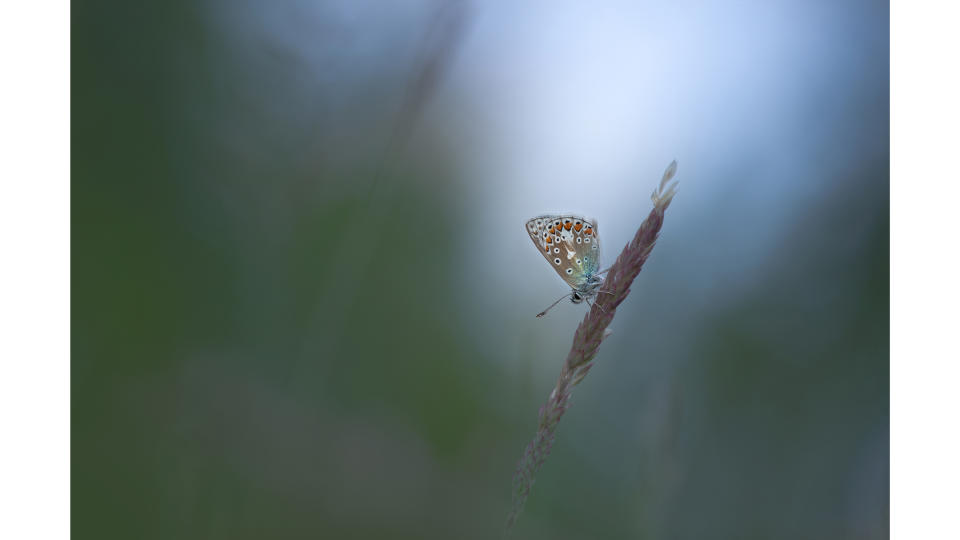
You often talk about mental health and photography going hand in hand...
For me, photography became this incredible form of therapy, almost unexpectedly. When I was going through a bit of a breakdown, I started exploring macro photography, and it was like a whole new world opened up.
The act of capturing those intricate details, being fully present in the moment, was almost meditative. It allowed me to step away from the chaos in my mind. It wasn’t just about taking pictures; I was expressing myself artistically, and reconnecting with the world in a way that brought a sense of purpose. Photography became my therapy, my way of healing, and I’m grateful every day for how it’s helped me through those tough times.
Talk us through your Canon gear...
I started with a Canon EOS 6D, and while I still have it and use it, I’ve now got the Canon EOS R5 which I switched to in 2022. The latest mirrorless cameras have so many benefits, one being the high ISO range and noise handling performance in low light. I wanted to explore more macro photography in natural light, and I knew the EOS R5 would allow me to push the boundaries of ISO. That’s one of the things I love about the EOS R5; it gives me greater flexibility with my work.
You’ve also played with the EOS R7 and R10, haven’t you?
I’ve tried the in-camera stacking feature found in the Canon EOS R7. Because it captures a series of images with different focus points, internally stacks your frames, and gives you the composite, it saves so much time in post-processing. You can set the increment that you want the camera to adjust focus, from narrow to wide, and then the number of shots you want taken during a single stack. The EOS menu functions are easy to access and understand, opening up focus stacking for amateurs and not just professional Canon photographers.
With macro, when do you use flash?
Flash is recommended the further you go with magnification, as it just makes things easier. The further you increase magnification, the shorter the working distance becomes between the lens and the subject. This means that the working area for available light becomes restricted, and adding a flash, especially at the end of your lens, helps to illuminate your subject and scene. Flash also helps to freeze the photographer’s motion and, in some cases, the subject, resulting in an overall sharper image. It depends on the subject, though.
A shiny beetle’s elytra [wing cases] don’t photograph well with flash due to its reflective surface, so natural light would be my preferred choice. Smaller, more intimate creatures may hide certain details that a flash can help to bring out. Over the years you begin to learn what works best for what subjects and settings.
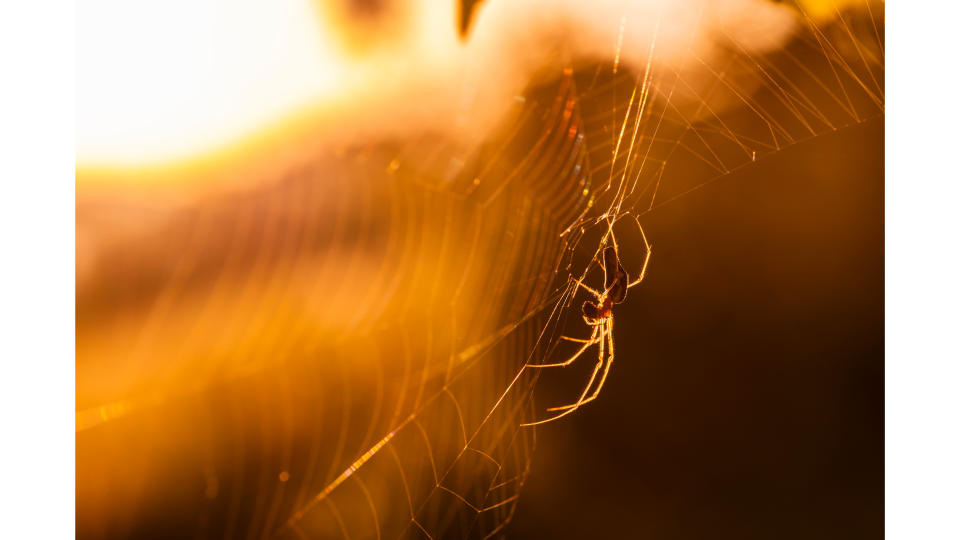
Macro photography can be very technical. What’s your top tip for beginners?
Buy a second-hand dedicated macro lens and flash if you can. Get used to working at 1:1 magnification and experiment with lighting by photographing objects at home – start with flowers indoors. In the comfort of your home, you can experiment with your creativity and camera gear without worrying about fieldcraft or losing a subject. Then get out there and get lost in an amazing world we often overlook.
A longer version of this interview originally appeared in Issue 214 of PhotoPlus magazine. Click the link below to see our latest special subscription deal!
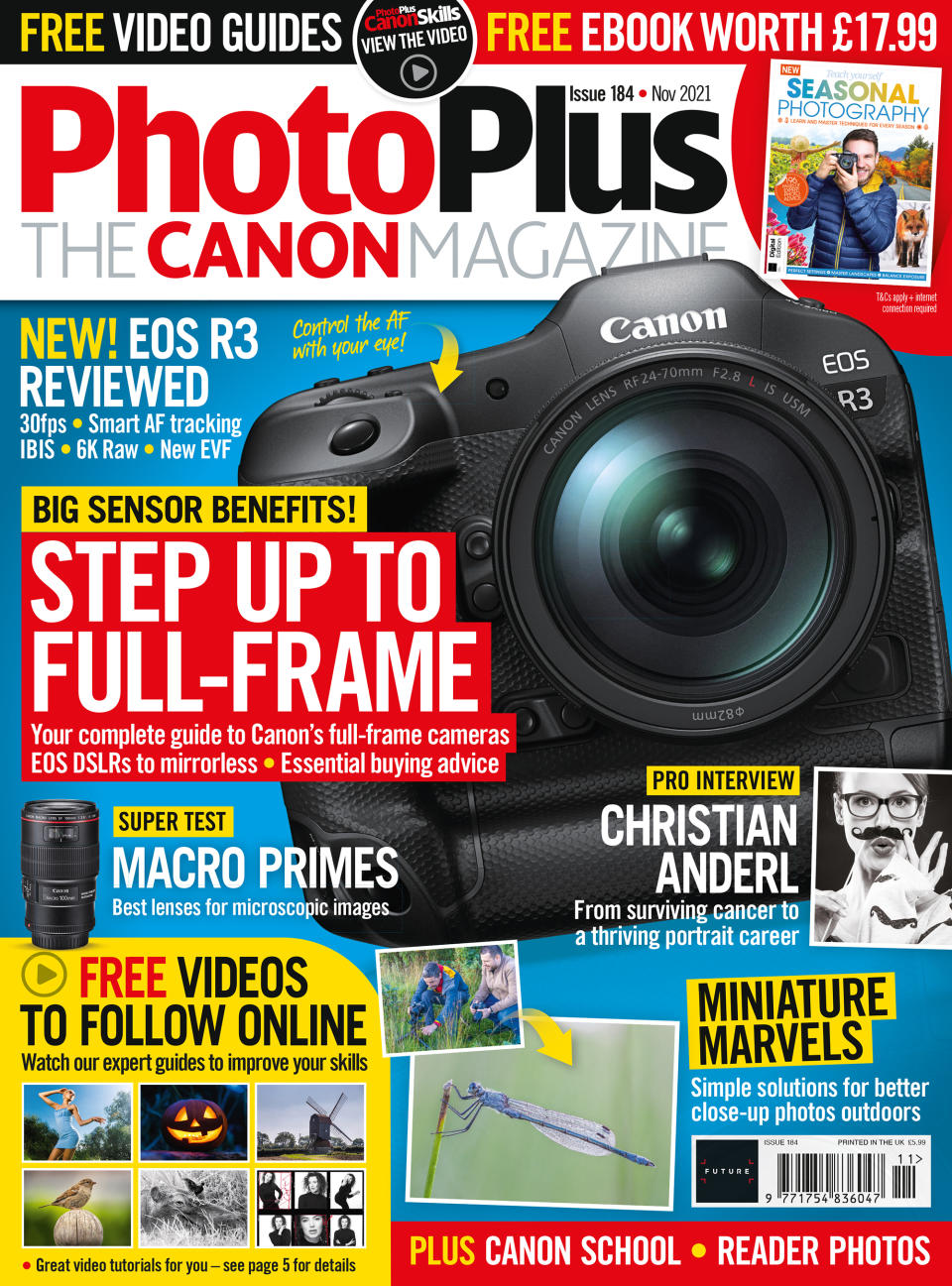
PhotoPlus: The Canon Magazine is the world's only monthly newsstand title that's 100% devoted to Canon, so you can be sure the magazine is completely relevant to your system. As a subscriber, you’ll enjoy big savings on shop prices and the convenience of having every issue delivered hot off the press. Every issue comes with downloadable video tutorials too.View Deal
As well as the best macro lenses, you might want to check out the best cameras for macro photography to really maximize your macro work.

